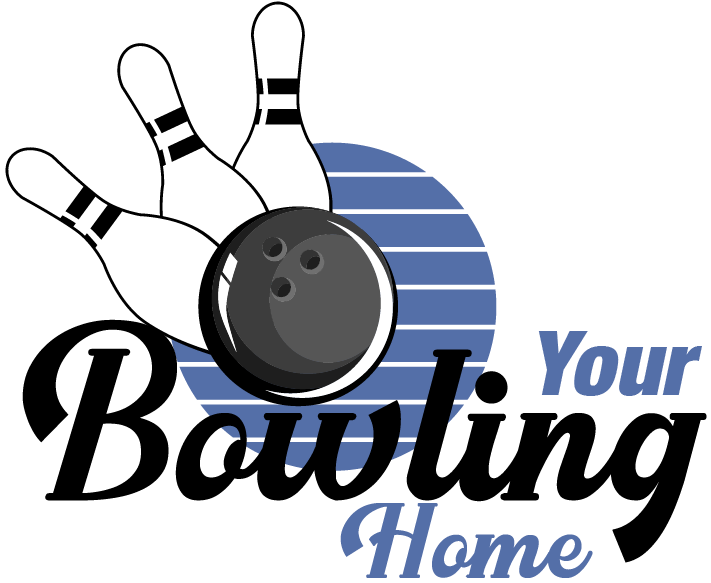Bowling is an amazing nostalgic game that has kept its audiences hooked for ages. But all bowling enthusiasts know how important speed is when it comes to this sport.
The speed is so important that it can determine the result of the game. Now, you might be wondering how to increase the bowling ball speed – we’ve got the answers for you.
There are several key factors that influence the speed of the ball. In this article, we will be exploring all these factors so that you can show off your skills on your next bowling outing. Let’s check them out!
How to Increase Bowling Bowl Speed?
The importance of the speed of the ball is often overlooked, as most bowlers think that the direction of the ball is far more important. Let’s take a look at why this is untrue.
Bowling balls are divided into many sizes and weights, and this directly affects the speed. So we have made this list of factors you must consider to increase your bowling speed.
Check Lane Conditions
The lanes play a key part, especially the texture of the lane. An oiled lane increases the friction and slows the ball speed, while dry lanes increase speed. Next time you go bowling, check the lane condition and adjust your technique accordingly.
Pick the Correct Cover Stock Material
Choosing the correct cover stock material for the ball matters a lot and affects the speed of the ball as well. A pearl or plastic cover stock will produce less friction, giving the ball more room to slide and, therefore, more speed.
If the cover stock is made of other materials, it will make the balls slower, and the overall speed will decrease. So if you’re looking to show off your skilled moves and hit some strikes, make sure to take into account the lane texture and cover stock material for optimal gameplay.
Speed Up Your Approach
As the title of this section suggests, the approach with which you hold the ball and roll it matters a lot. From holding the ball to swinging and releasing it, you have full control over the momentum.
The crucial step here is to maintain your balance and have full control of the arm holding the ball. Once this is mastered, releasing the ball will be smoother, and the ball will glide faster.
Relaxing Muscles
Now that we know how to control our arm movement to increase the momentum let’s talk about relaxing our muscles. I discovered that the muscles’ movements play a crucial role in the speed of the ball. If your muscles are stiff, then you may notice that the ball doesn’t glide as quickly or as smoothly.
However, limber muscles, particularly around the shoulders, arms, and fingers, ensure a consistent, uninterrupted motion. The ball travels at optimum speed over the lane, landing right against the pins.
Hold the Ball Up Higher
I know at this point it may seem like we are getting into the nitty gritty details but trust me, these are all important factors. Not only are your muscles important, but also the angle at which the ball is being held.
The higher the ball, the easier and smoother the momentum will be. This is because when you hold the ball up, it creates a perfect arch that directs the ball in your desired direction at a consistent speed.
Throw With More Force
Remember in physics when we were taught about the impact of force on an object? This is where that applies. When the ball is thrown with more force, the speed of the ball increases, thus having enough power to knock down the pins.
During my frequent bowling expeditions, I was amazed by how important muscle strength, speed, and force were when it came to my overall abilities.
Lean forward
Another crucial element is the posture of the body, as this can also affect the speed of the ball. Leaning forward just a little adds momentum, and this little adjustment can make a huge difference in the speed of the ball.
Now all these things combined can make for an incredibly smooth shot. Leaning forward also adjusts your balance and accuracy, making it easier to direct the ball.
FAQs
Why is it important to know how to control your bowling speed?
When you can control the speed, strength, friction, and lane condition, you can master the activity.
What is the Optimal Speed for a Bowling Ball?
How to Calculate Your Bowling Ball Speed?
These technology innovations use the camera feed and a back-end algorithm to measure the speed so you can adjust your performance.
Conclusion
The art of becoming a bowling pro is not terribly complicated, although it requires players to know many little details that can completely change their bowling game.
A little knowledge about the game combined with an understanding of force and physiology can help you become skilled in bowling. Speed, force, momentum, muscle, and strength training are key ingredients in the ball rolling smoother on the lanes.
